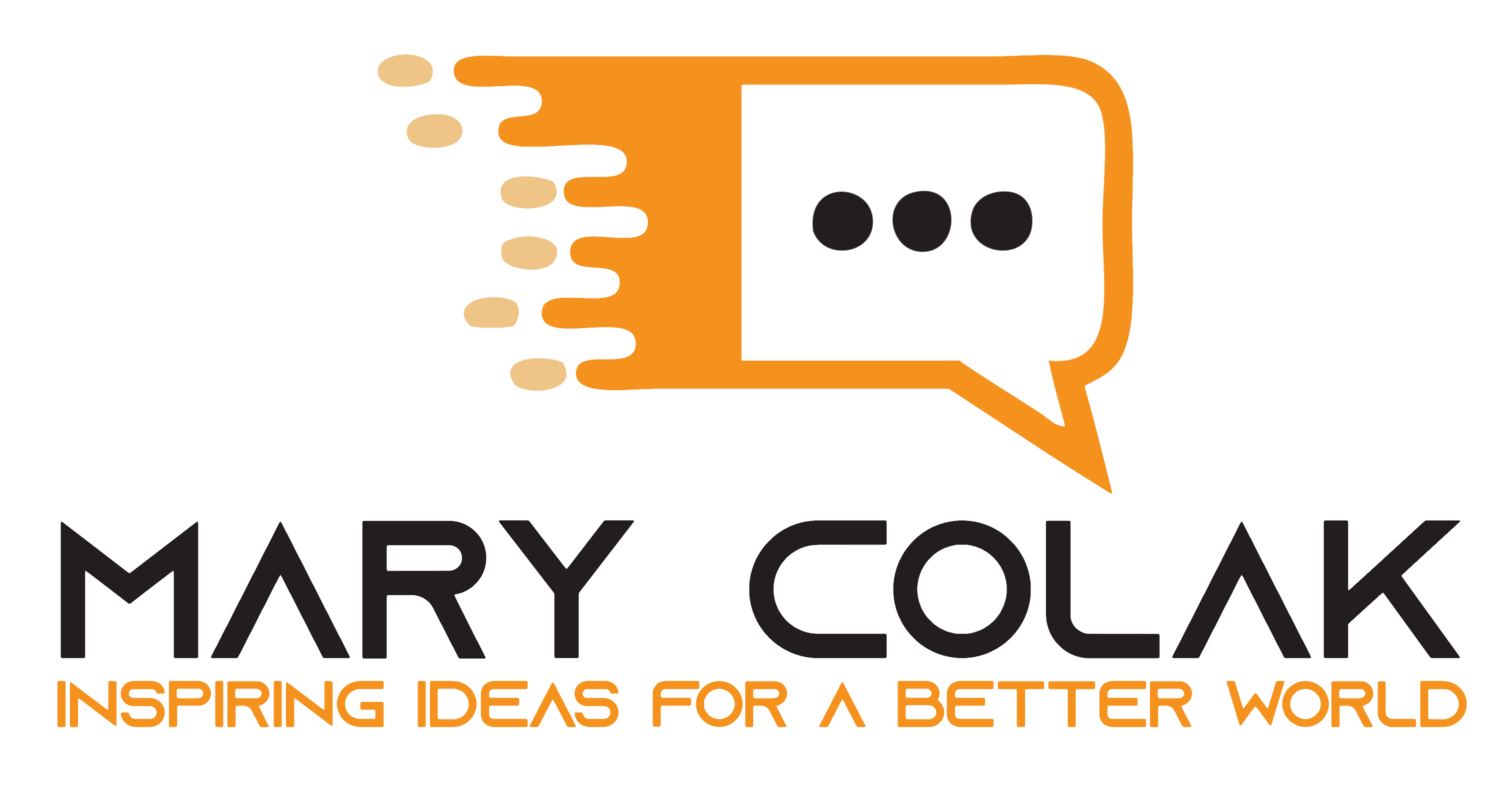Opportunity doesn’t knock, being bold
Opportunity Doesn't Knock
Who said "opportunity knocks?" I don't know, either, but there's a good chance that they're wrong. Opportunity never knocks - opportunities are created.
And creating opportunities means creating and taking advantage of great ideas.
More easily said than done, for sure, but organizations that are adept at continuous improvement are also adept at creating opportunities through new and/or improved products and services.
It's a fact that efficient organizations are more agile than inefficient ones. The agile organization is able to respond to trends and fill gaps in the marketplace more quickly because they have efficient processes and practices. This is because their continuous improvement practices include the generation of ideas for product and service improvements.
And although ideas may be plentiful, only one out of every 20 will be good enough to make it to market. And only one in ten products is successful. This is why efficient organizations keep on top of their game with research and development, so that they are ready to take advantage of opportunities when that one great idea materializes.
Agile organizations also understand their customers' needs and requirements. This is because they invest in new product and service research and development and, at the same time, they take customer complaints and suggestions very seriously. Together with R&D and customer views, they also listen to and incorporate ideas into new products and services from their suppliers, employees, and competitors.
Why do agile organizations do this? Because ideas can come from anywhere.
From looking at what the competition is doing and determining how to do it better to benchmarking and reverse engineering (did you know that Ford assessed 400 features of competitors' products and either copied, adapted or enhanced more than 300 of them to build the Ford Taurus?), opportunities can come from anywhere.
Even a very simple technique called perceptual mapping can generate a brilliant idea
Next time you think that opportunity knocks, remember that it only knocks for those that are in the business of creating opportunities in the first place.
Being Bold
When assessing opportunities, "never let the fear of striking out get in your way" (Babe Ruth). Even with what may seem like a sure-win, you may end up with a strike out. There is no assurance that your one great idea for a product or service will make the homerun!
But the worst thing organizations (or individuals!) can do is to not take the risk. Certainly organizations with risk-averse cultures can sustain their businesses, but they do not thrive. Taking bold and decisive action is sometimes needed to move companies beyond adequate to dramatically profitable.
Here are five bold things you and your organization can do to ensure your next new product or service idea is a winner
Offer to help your struggling competitor(s). Yes, you read that correctly ...help your struggling competitor(s). Partnering on a product or service instead of stealing a competitor's business is, in the words of Tom Peters, a "decent" thing to do. The fact is that karma knows no bounds. The return on business will be worth it when the comeback occurs. And a comeback always occurs.
Get out of the rut of providing only "glamorous" services. If it fits with your company's core competency, why not branch into a boring business? What about car washing? Cleaning? Cooking? ServiceMaster started in 1947 as a home and business service and today has multiple brands internationally including franchises. It has revenues of over $5 billion. I'm certain that the CEO is not providing the services personally.
Expand your reach to markets that perhaps have no appeal to you. Years ago, before the baby boomers turned old, savvy businesses ramped up services for these new "oldies." The baby boomers are a wealth tsunami to those who have the courage to ride the wave and tap into that wealth. Check out this site for lucrative business ideas aimed at baby boomers.
Go green. Perhaps a decade ago, some still saw the green movement as a fad. But the reality is that we are all witnessing climate change around the world, so we need to realize that there is truth in what scientists are telling us about global warming and the need to "go green" to save our planet. There is a business opportunity here for products and services that are energy efficient, easy to repair, useful, long lasting and easy to disassemble, and that do no harm to the user or the environment.
Think different. All the time. Just because the company is going through a recession (either global, local, or business only), does not mean that the company is dying. Now is the time to ask for and involve yourself and your organization's leaders in as many idea-generating discussions as possible. Attend association events and network to gather ideas. Surround yourself with an eclectic mix of people for the best chance of hitting on that one great idea. If you're having trouble envisioning how an eclectic mix of people will help you come up with ideas, watch this video on how IDEO developed a concept for a new shopping cart.
To get profitable, be bold.


